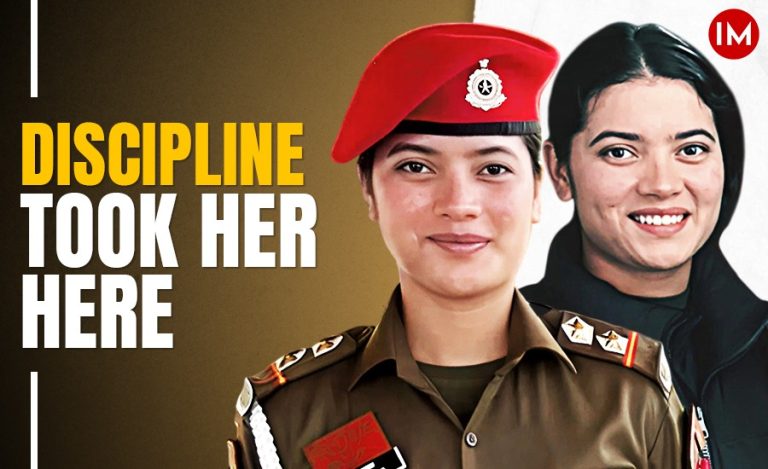Global warming, climate change, deforestation and industrialisation have majorly impacted our eco-system and many species are now facing extinction. Various species like tigers, Asiatic elephant, snow leopard, panda and number of birds have been declared as endangered species. While conservation of some of these species including the big cats are given importance worldwide, some species like the wild buffalo have been sidelined.
The population of wild buffalo (Bubalus Arnee) in India can be divided into two circuits, central India and Northeast. Although an estimated population of around 4000 exists in the northeast, an alarming decline has been witnessed in the central India circuit. Currently, not more than 50 buffaloes exist in the central Indian landscape, restricted to two pockets in Chhattisgarh and a small area in bordering Maharashtra.
Wild water buffalo is the state animal of Chattisgarh. Species conservation plan for Wild water buffalo is launched @moefcc #WildlifeConservation. pic.twitter.com/D4UvkfKLWR
— MoEF&CC (@moefcc) January 16, 2018
The recent drastic decline in the wild buffalo population in Chhattisgarh led the state government to declare it as ‘state animal’ and make all-out efforts to recover its dwindling population. A wild buffalo couple from the Northeast has been reintroduced in Chhattisgarh for conservation breeding as the state government attempts every possible measure to increase the number.
Indian Masterminds talked to two wildlife conservationists to know more about the alarming dwindling numbers of wild buffalo and the reasons behind it. Senior IFS officer, Mr. Ramesh Pandey, and Dr. Samir Kumar Sinha from Wildlife Trust India cited the reasons behind the endangerment of wild buffalos and shared their views on how to go about conservation.
REASONS BEHIND ENDANGERMENT
The wild buffalo is the progenitor of domestic buffalo. The species is an endangered species as per IUCN Red List and a Schedule 1 species as per the Wildlife (Protection) Act, 1972. These animals require large spaces with adequate food and water supply, but habitat fragmentation and degradation of forest and grasslands have resulted in population decline. The species witnessed a severe population decline at the turn of the 20th century, with many instances of local extermination from its historical range.
Highlighting another reason, Mr. Samir Kumar Sinha said, “Hunting and retaliatory killing as an aftermath of crop depredation in fringe villages have also led to their population decline. Apart from decline in number, loss of genetic purity due to inbreeding with domestic buffalo in many areas and small isolated populations is another important concern.”

WHY BUFFALO CONSERVATION IS LESS TALKED ABOUT
Senior Indian Forest Services officer who is known for his works in wildlife protection, Mr. Ramesh Pandey said that although the wild buffalo has been depicted in historical texts, it is less focused on in terms of species-specific conservation efforts, unlike other species like tiger and elephant. “It is due to the fact that the species has never been projected as an exclusive species and the ecological role it plays in nature has not been given due recognition. They are prey species and have been domesticated also. So, their extinction issue is somewhere side lined.”

Mr. Samir Kumar Sinha opined that the majority of the wild buffalo population is inside protected areas where more emphasis is on key predators and their prey species, which also helps the wild buffaloes in one way. However, “mitigation of species-specific threats takes a back seat, as has been in the case of wild buffalo,”, he added.
IMPORTANCE IN ECO-SYSTEM
Mega herbivores like wild buffalo are important for maintenance of grassland ecosystem and vegetation structure. They generally feed on tall and coarse grasses which facilitates fresh sprouting on which medium-sized herbivores (such as many deer species) depend. Thus, they play an important role of natural grass-cutter. This ecological function will be affected in the absence of the species, especially in areas where other mega-herbivores (such as gaur, rhino, elephant, etc.) are not present.
CONSERVATION EFFORTS
Every species has its own role and importance, which should be considered while assigning conservation priority. Tiger is an umbrella species, hence becomes more significant in the landscapes it inhabits. While species like wild buffalo needs site-specific efforts to mitigate threats.
Wild buffalo is the State animal of Chhatishgarh. Their population has been plummeted which is being regained by reintroducing them from Assam. #chhattisgarhfoundationday pic.twitter.com/loI41NJ54r
— Ramesh Pandey (@rameshpandeyifs) November 1, 2021
Mr. Sinha informed that in India, the major issue is in central India, where population has decimated over the last few decades and localized the wild buffalos in two small pockets. There their population is divided into two circuits. “The Udanti-Sitanadi population faces lack of females in the small population and the Indravati population is also small with around 50 wild buffalos. The only way out is to rewild the historical range with wild buffalo population and provide necessary protection and conservation inputs for the existing small populations.”
He also mentioned that the Indravati area faces problem due to red-wing extremism for which strong political will and a sense of pride among people are necessary.
All in all, conservation breeding and reintroduction measures are the last resorts to revive the population at historical sites in the central Indian landscape, especially in Chhattisgarh, Madhya Pradesh, Maharashtra, Odisha and Telangana. Chhattisgarh has taken initiative in this direction, which needs to be expedited if we really want to see the species flourishing in the region in the near future.

































